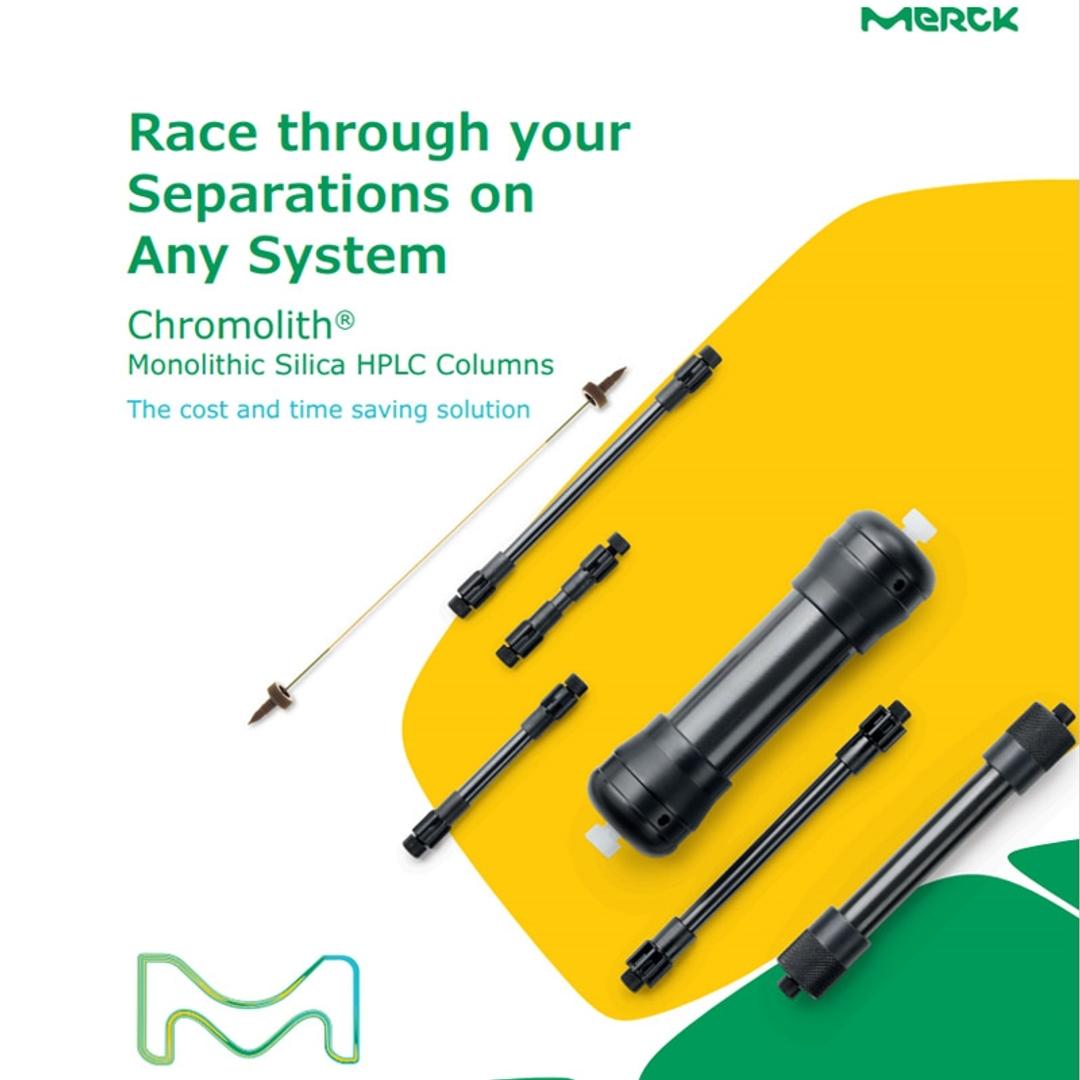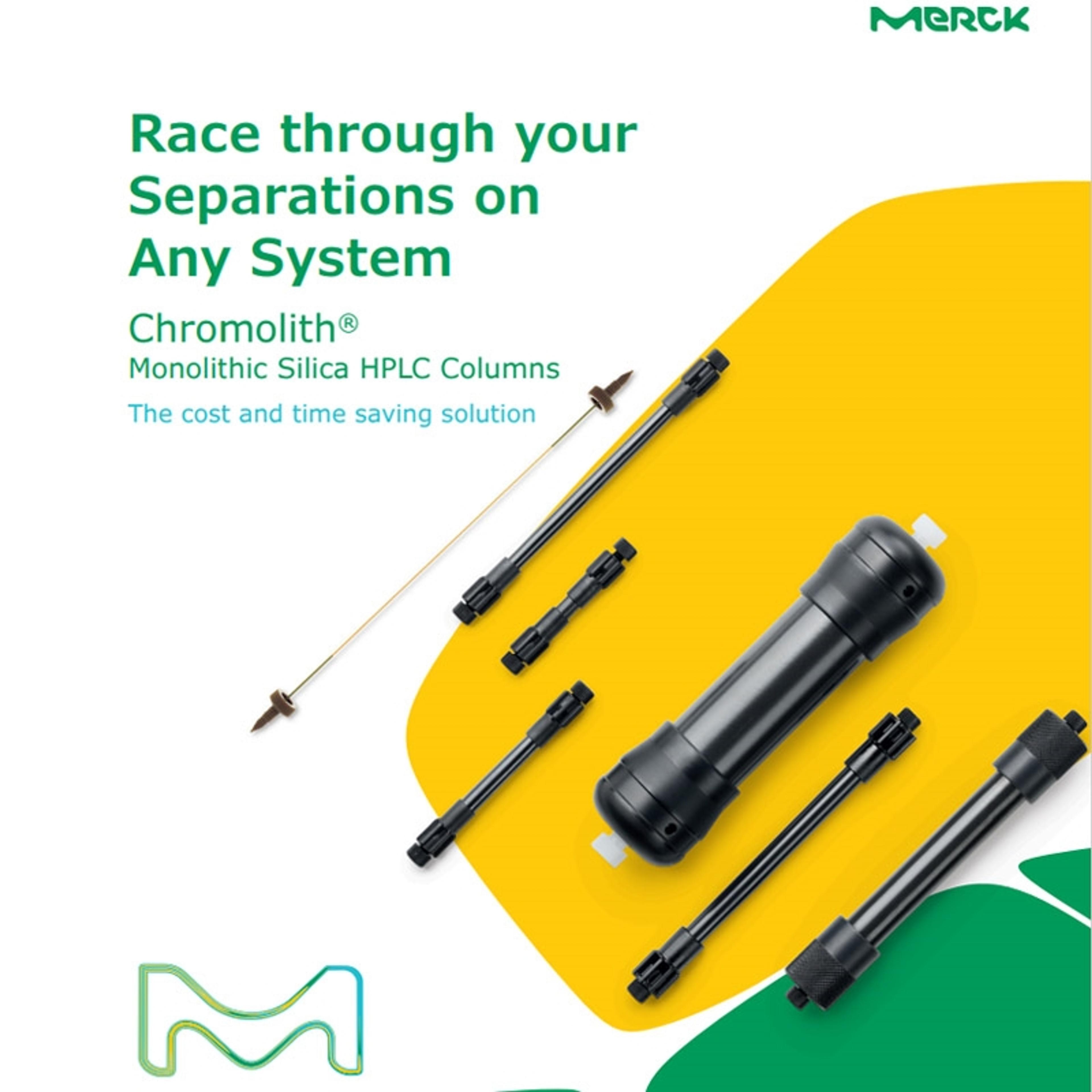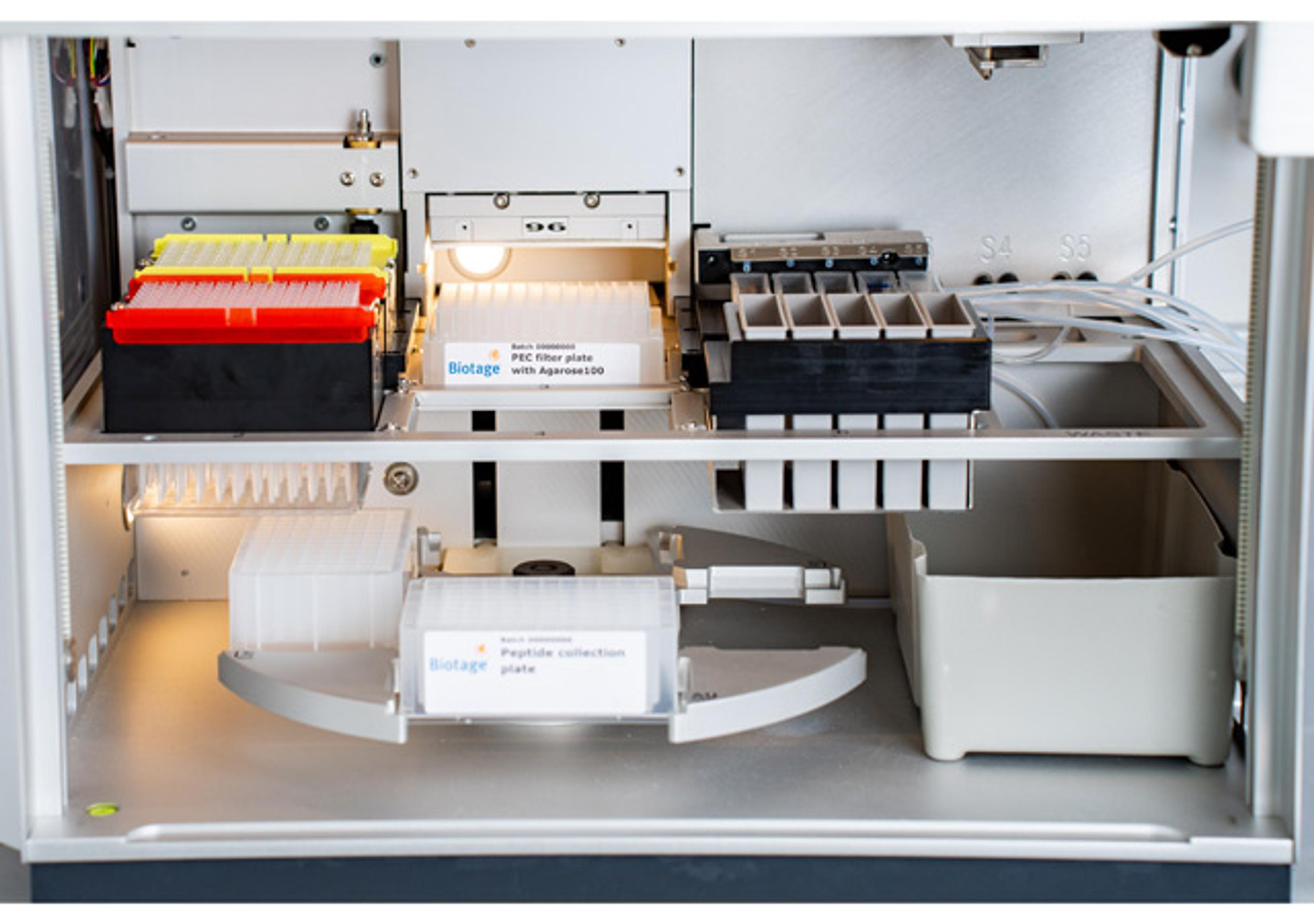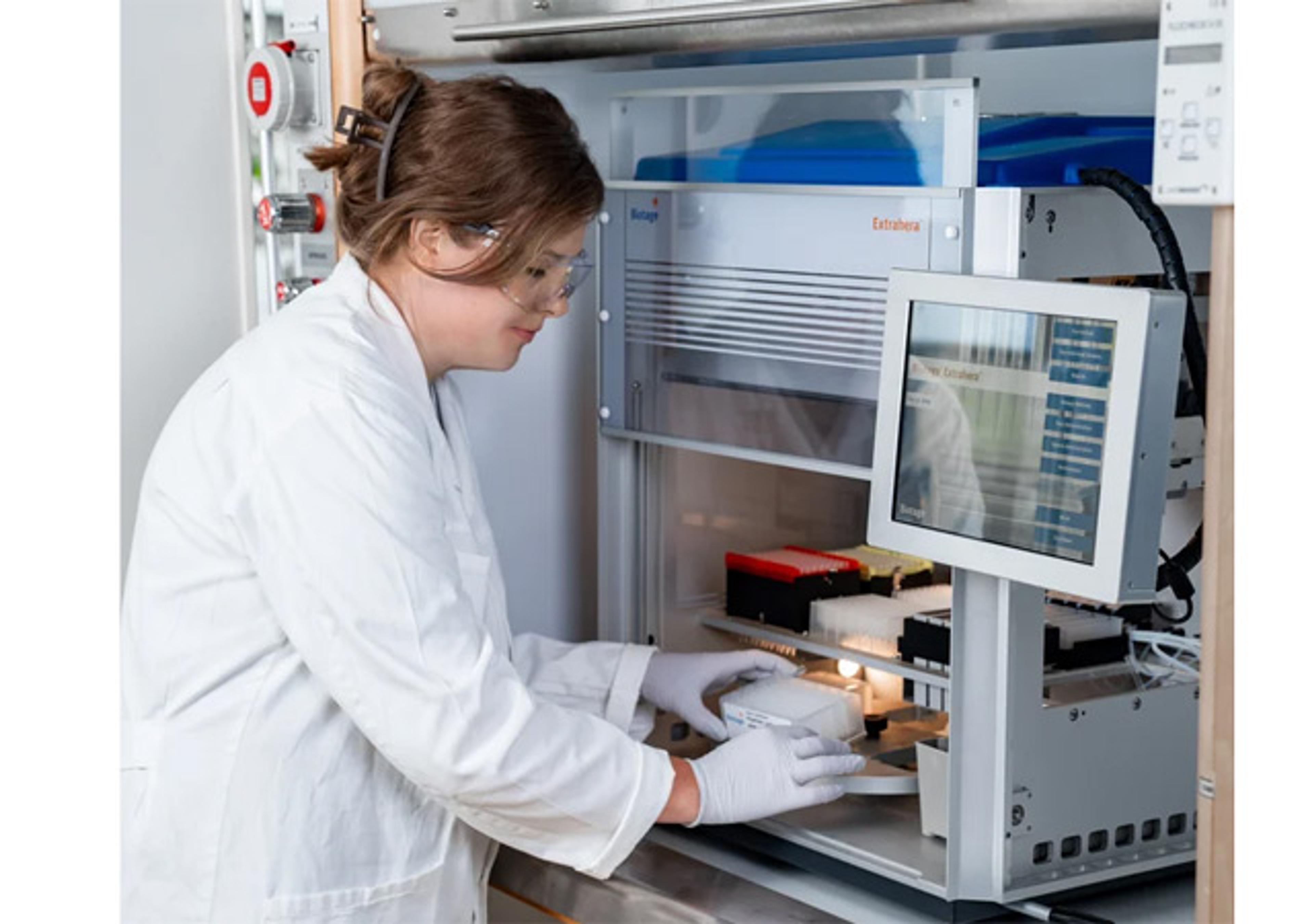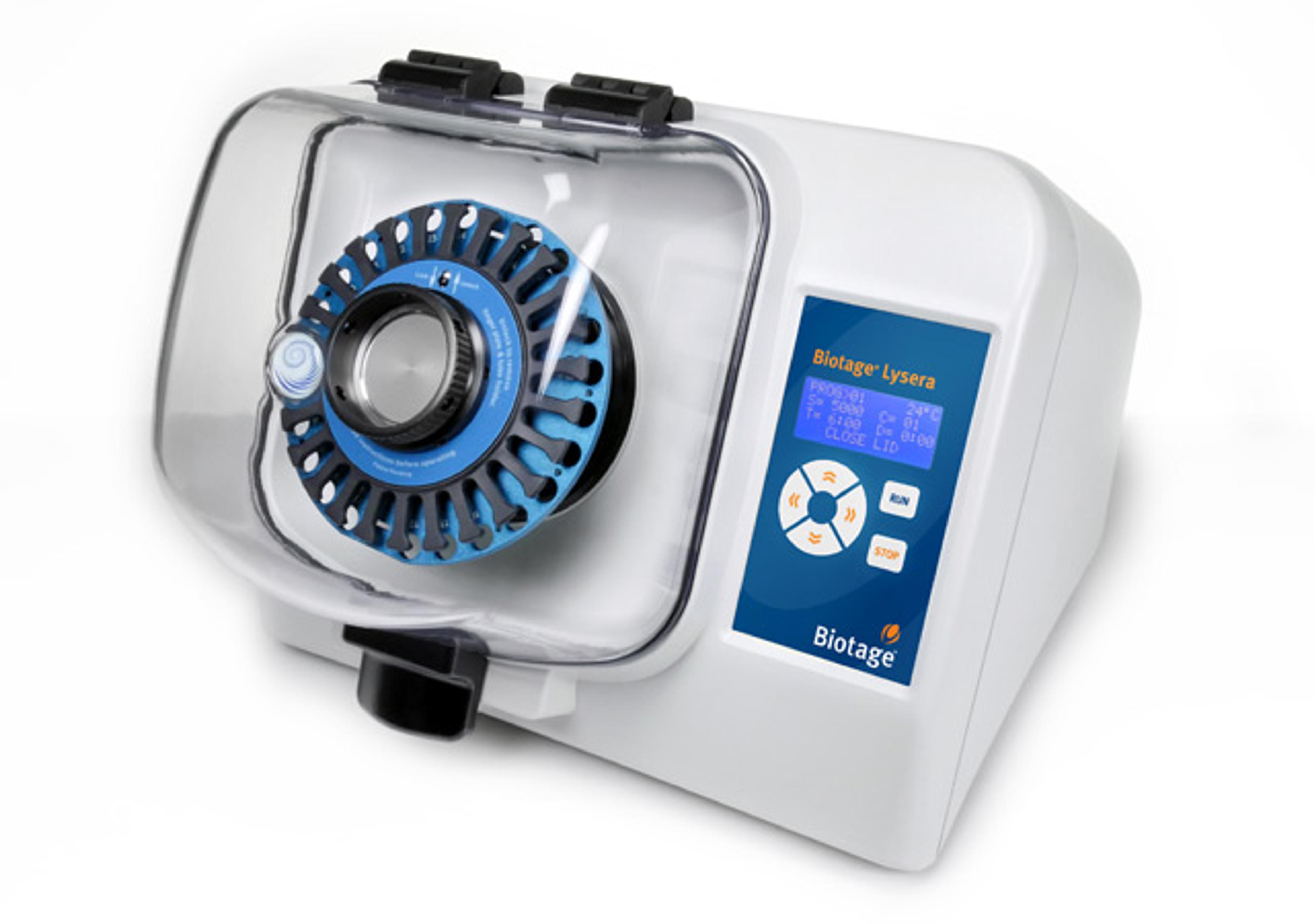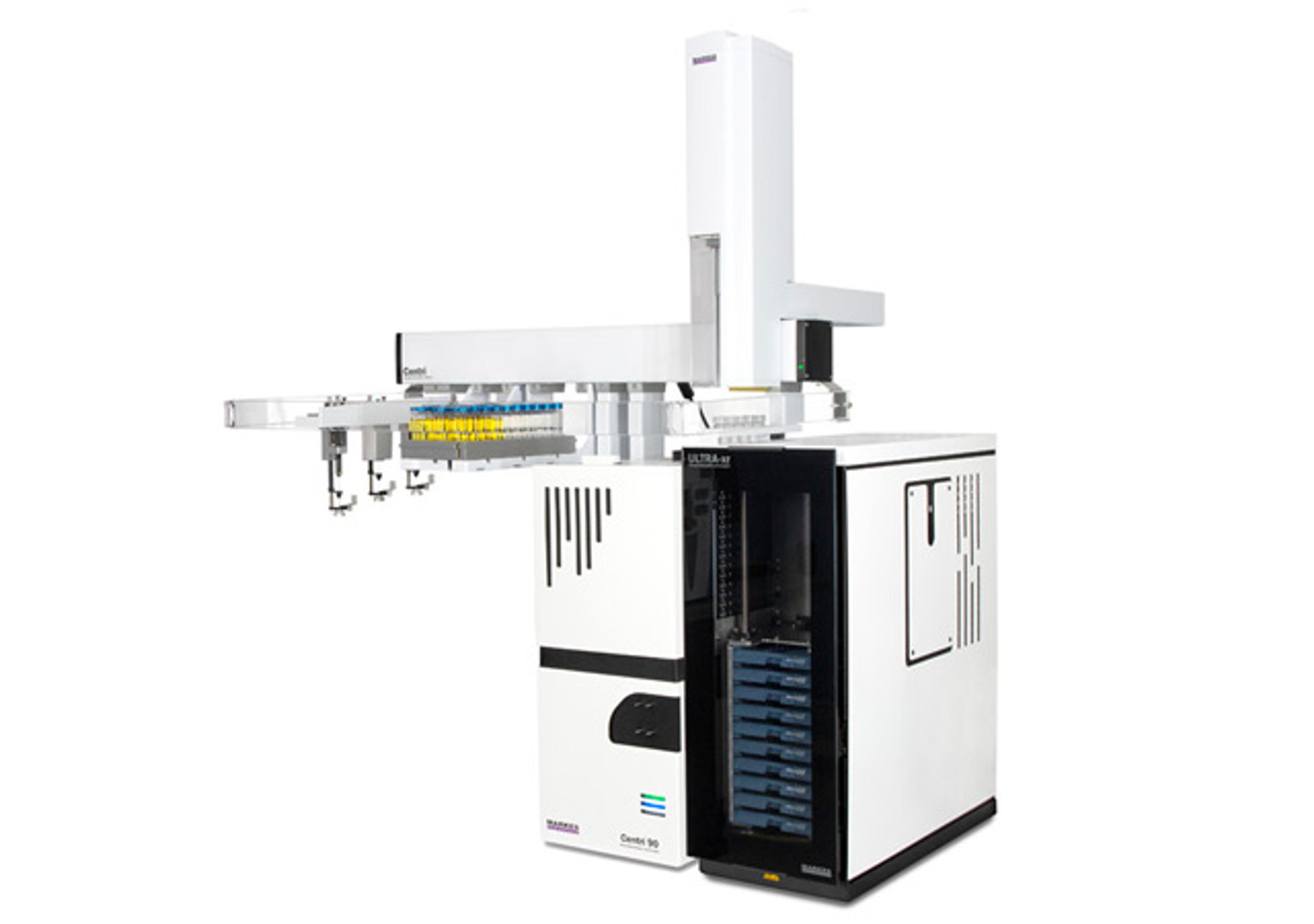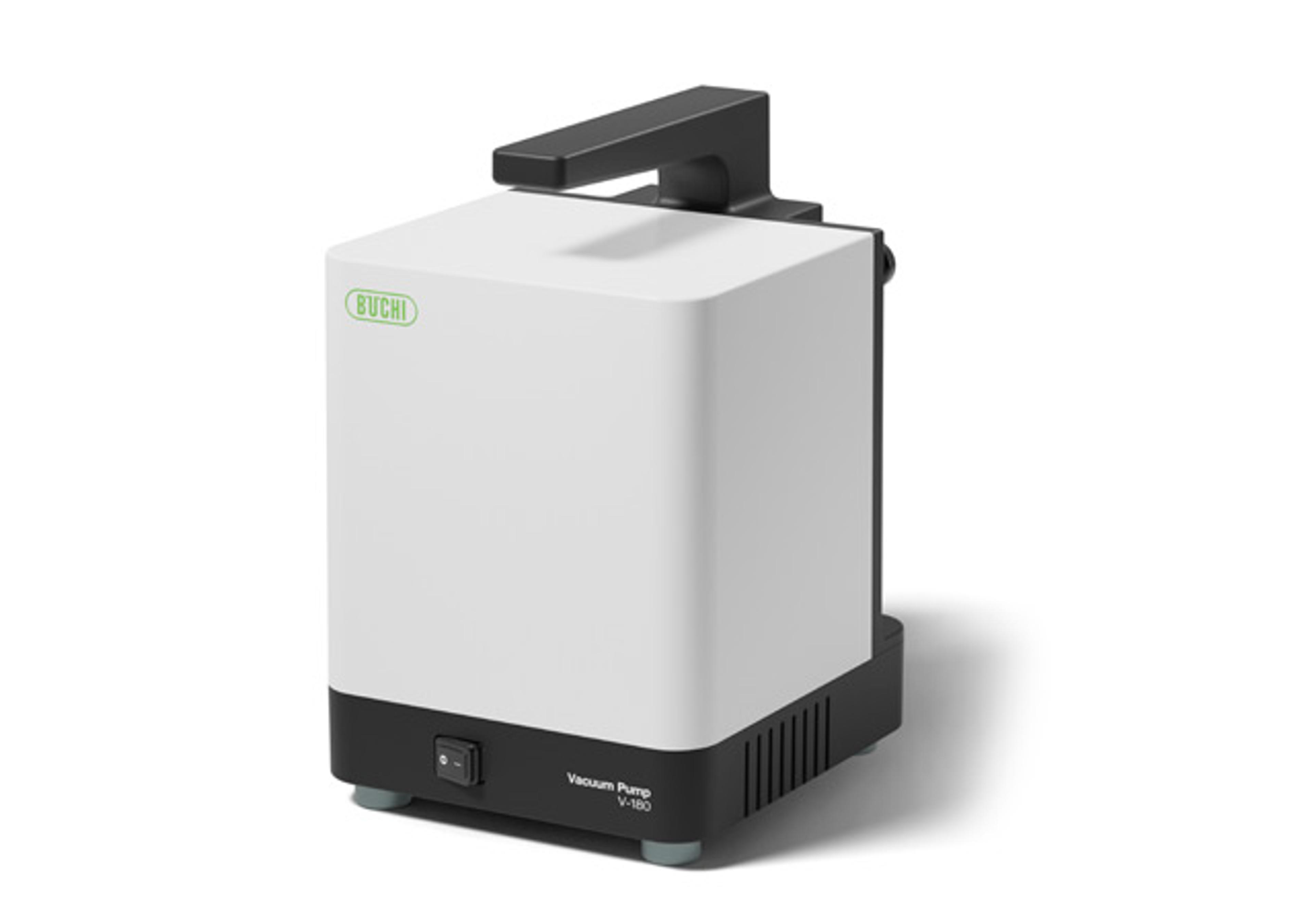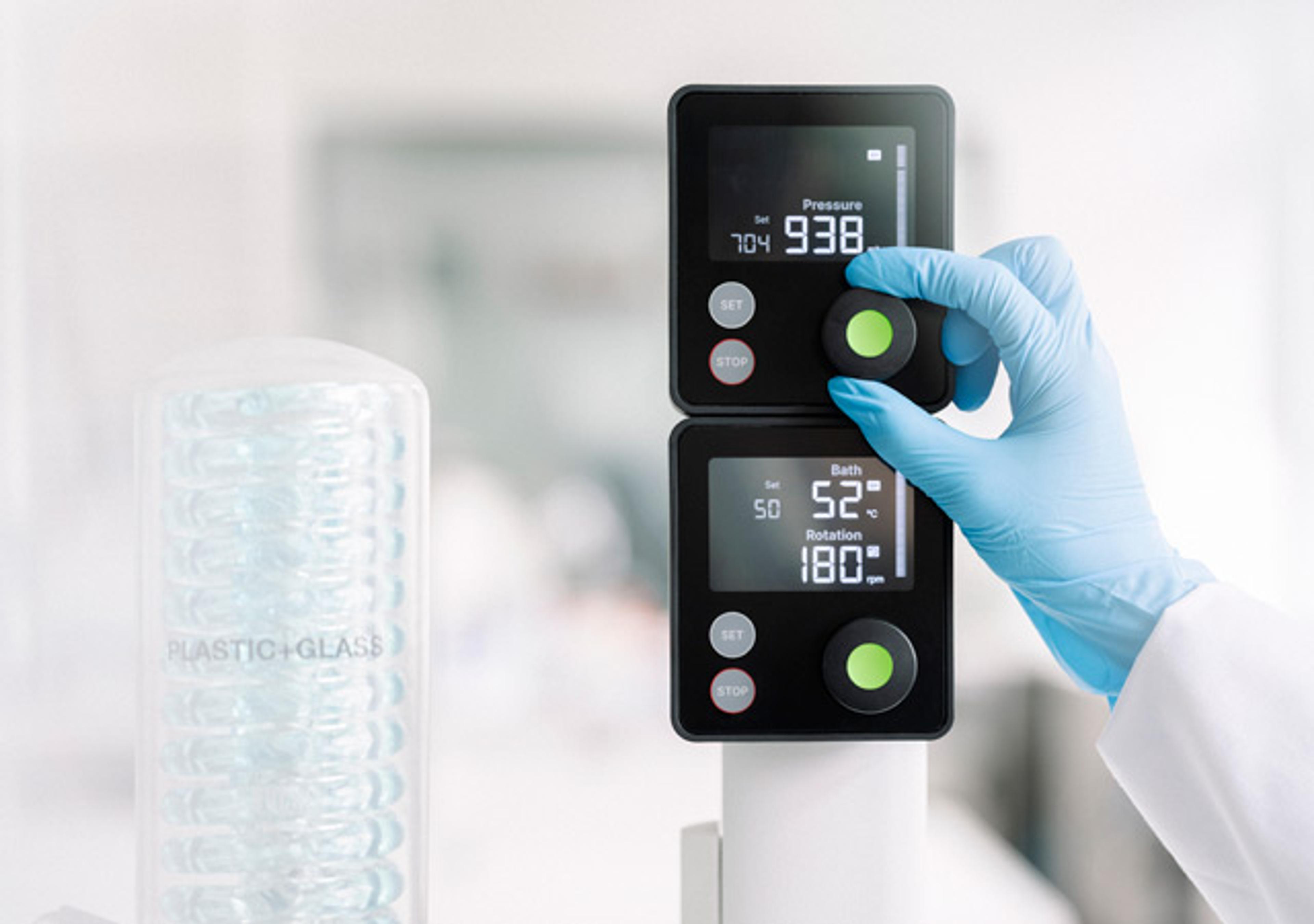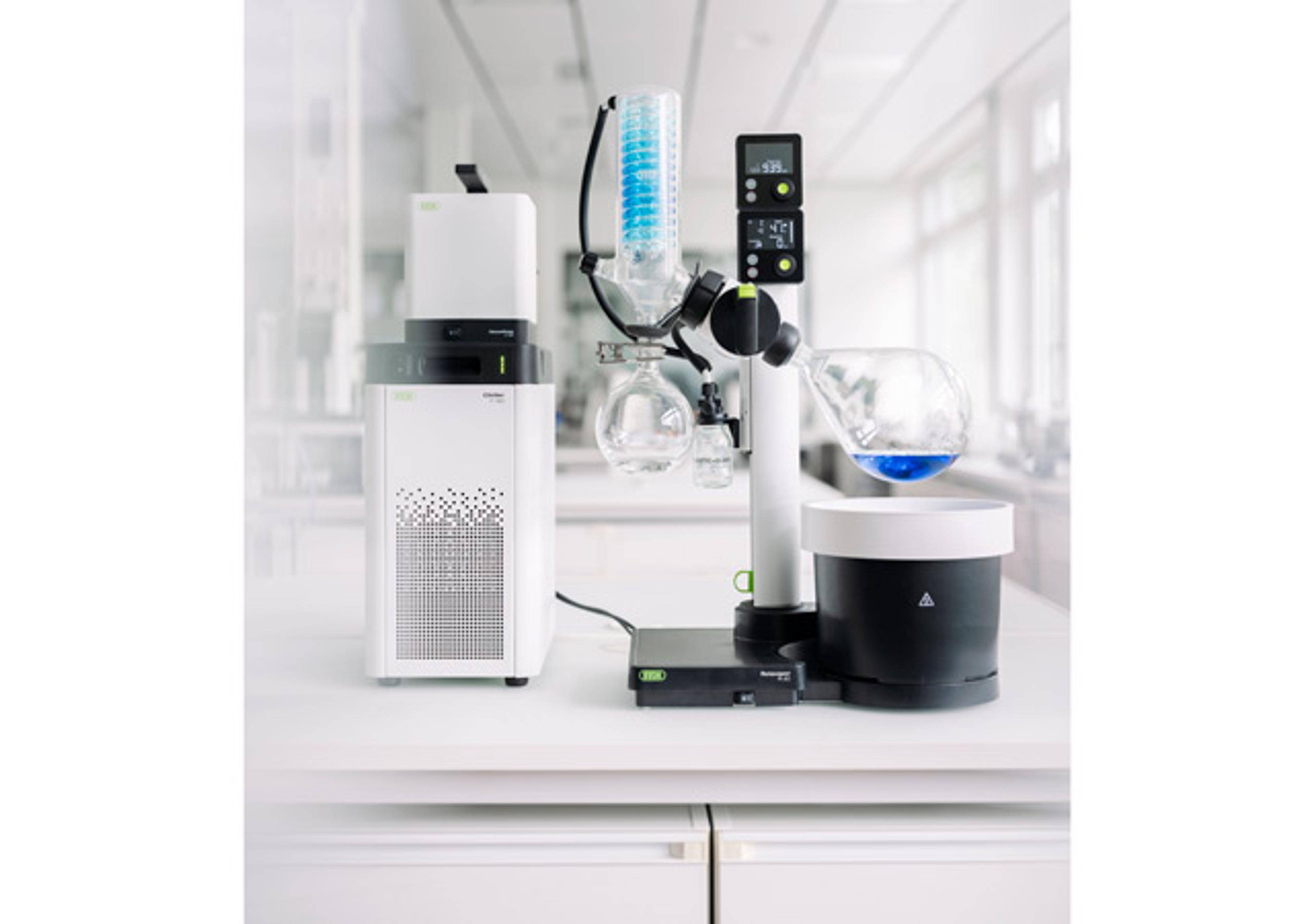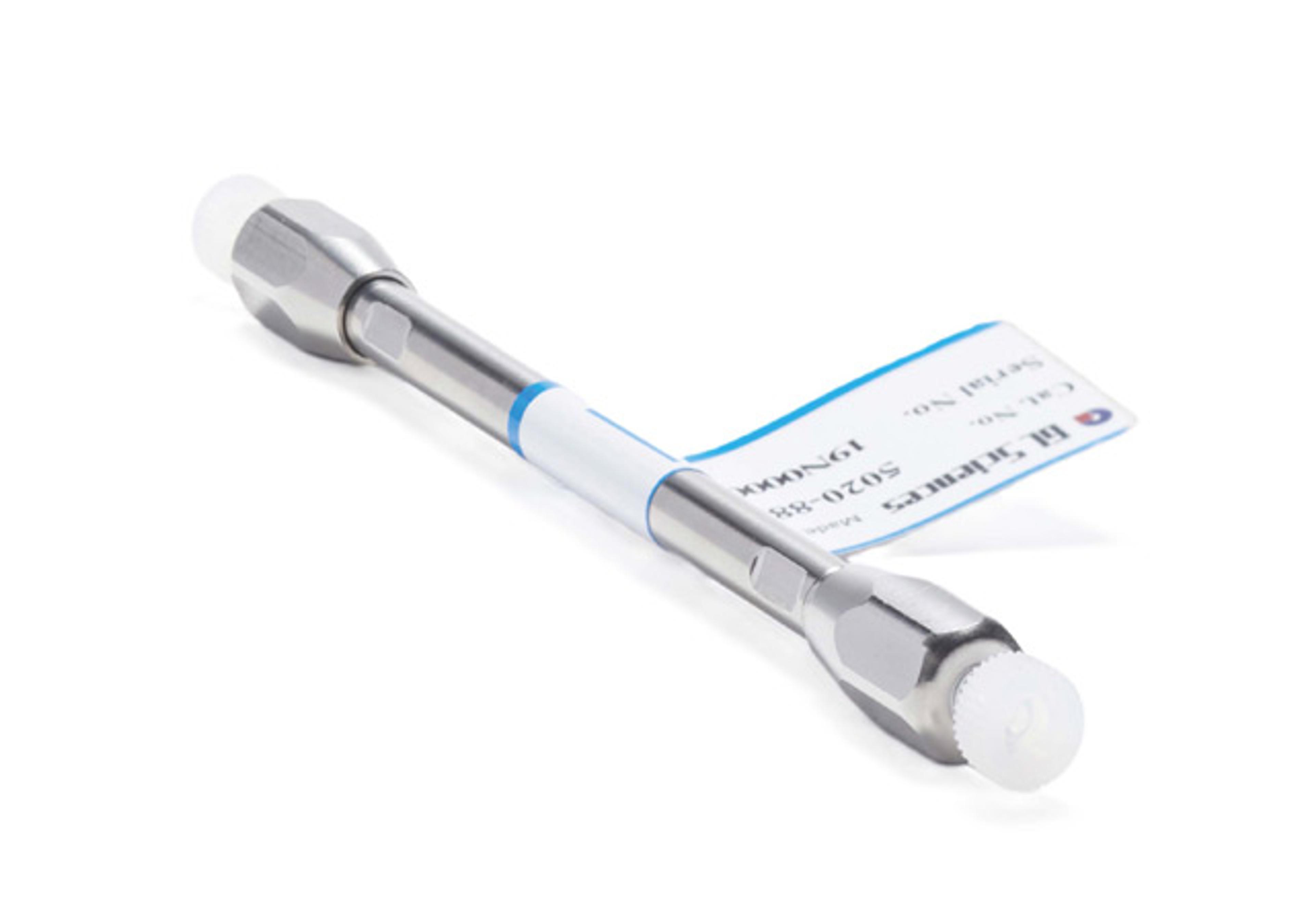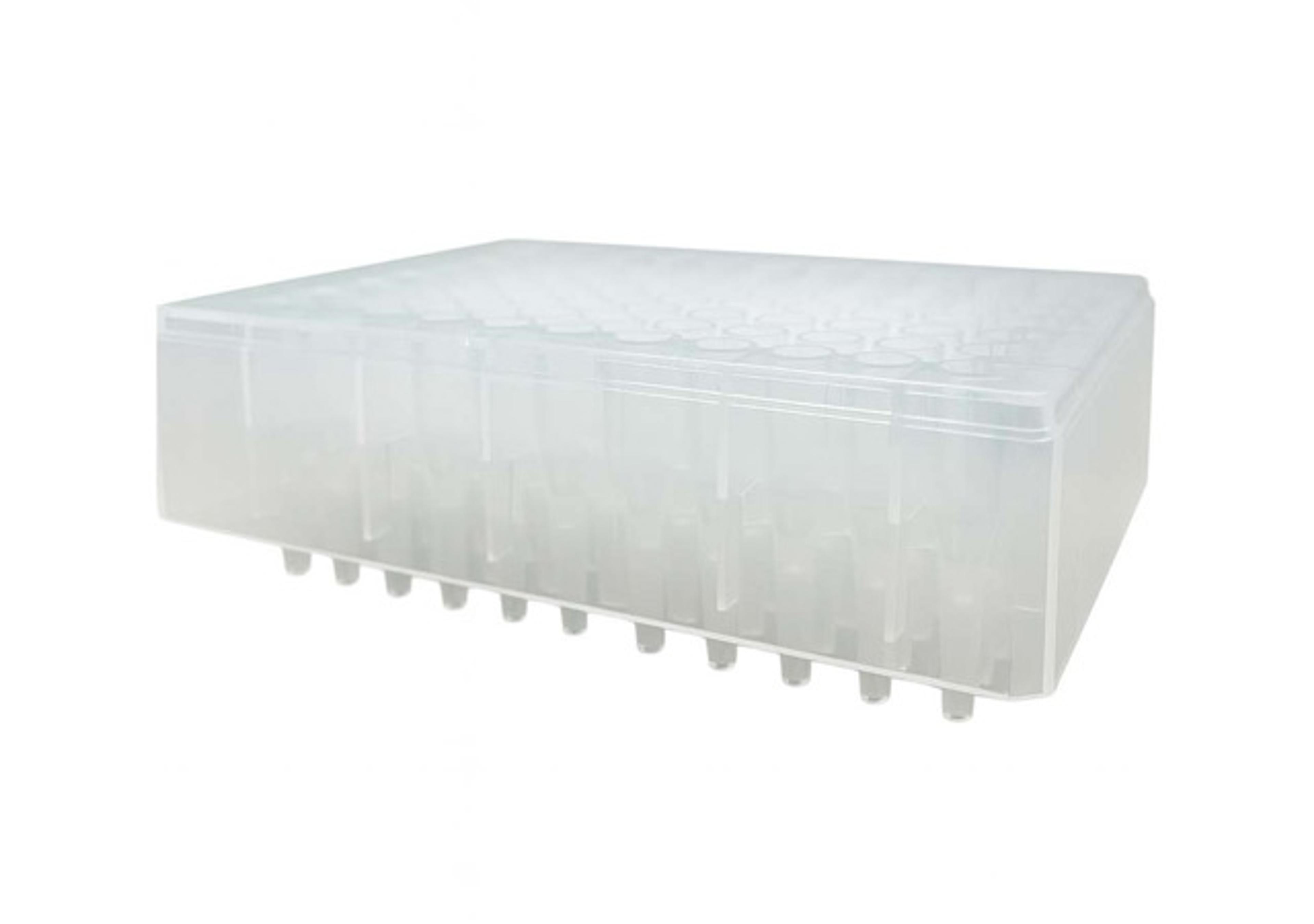Chromolith® WP 300 HPLC Columns
Chromolith ® columns have shown great potential and superiority in comparison to standard silica. In contrast to conventional, packed-particle columns, wide pore (300 Å) monolithic silica columns are made of a single continuous-bed rod of high purity porous silica that is then bonded with C18, C8, C4, Epoxy, and Protein A depending on the use of the column.

The supplier does not provide quotations for this product through SelectScience. You can search for similar products in our Product Directory.
Biotherapeutics, for example bio-engineered drugs and peptide therapeutics, represent the promise of new medical treatments for the future. Production costs have been falling leading to an extremely high demand for suitable analytical methods for process monitoring and quality control of these biomolecules. HPLC is the preferred method of analysis, and it is therefore important to use the right column for these larger molecules. Accurate analysis of proteins, antibodies and large peptides requires columns with good permeability, along with better mass transfer and selectivity. In order for size-exclusion not to influence the separation, the pore size should be approximately ten-times larger than the molecule being analyzed. Monolithic columns remove backpressure as the primary consideration in method development and allow:
- Flow rate flexibility for much higher throughput
- Choice of column lengths for superior resolution
- More solvent options for optimum selectivity
- With no individual particles to shift or break, column performance is consistent over a much longer lifetime, making them ideal for relatively ”dirty or matrix rich” sample analysis. High permeability also makes them very forgiving of less rigorously prepared samples, in addition to making it easier to aggressively flush out for reequilibration.
FEATURES AND BENEFITS
- Completely bioinert column hardware
- High biorecovery
- Selectivity for a range of biomolecules
- Very low column backpressure
- High-speed separation possible
- Longer column lifetime
- High resistance to column blockage
- Cost savings from higher sample throughput and column durability
- Possibility to use flow gradients

